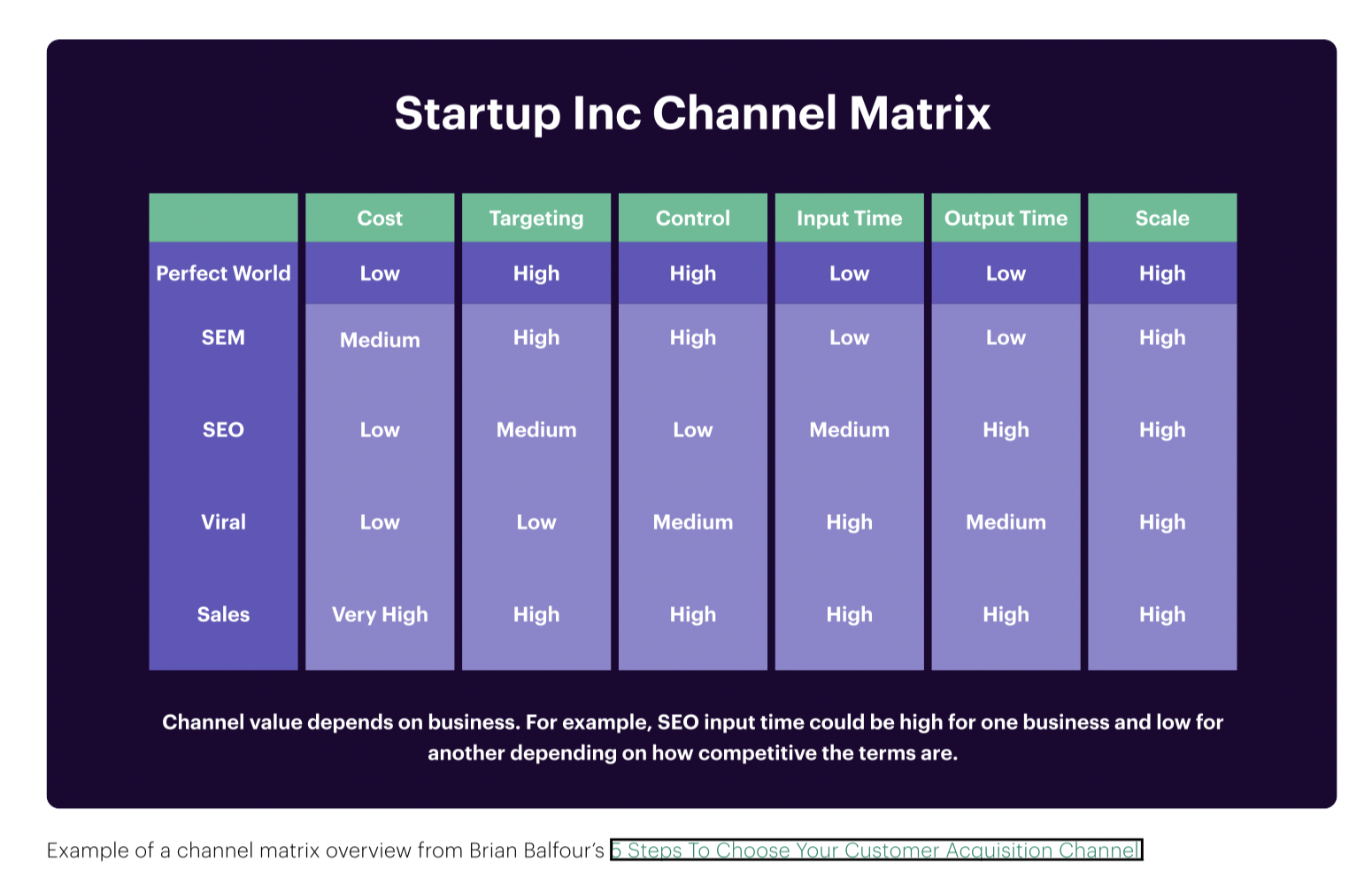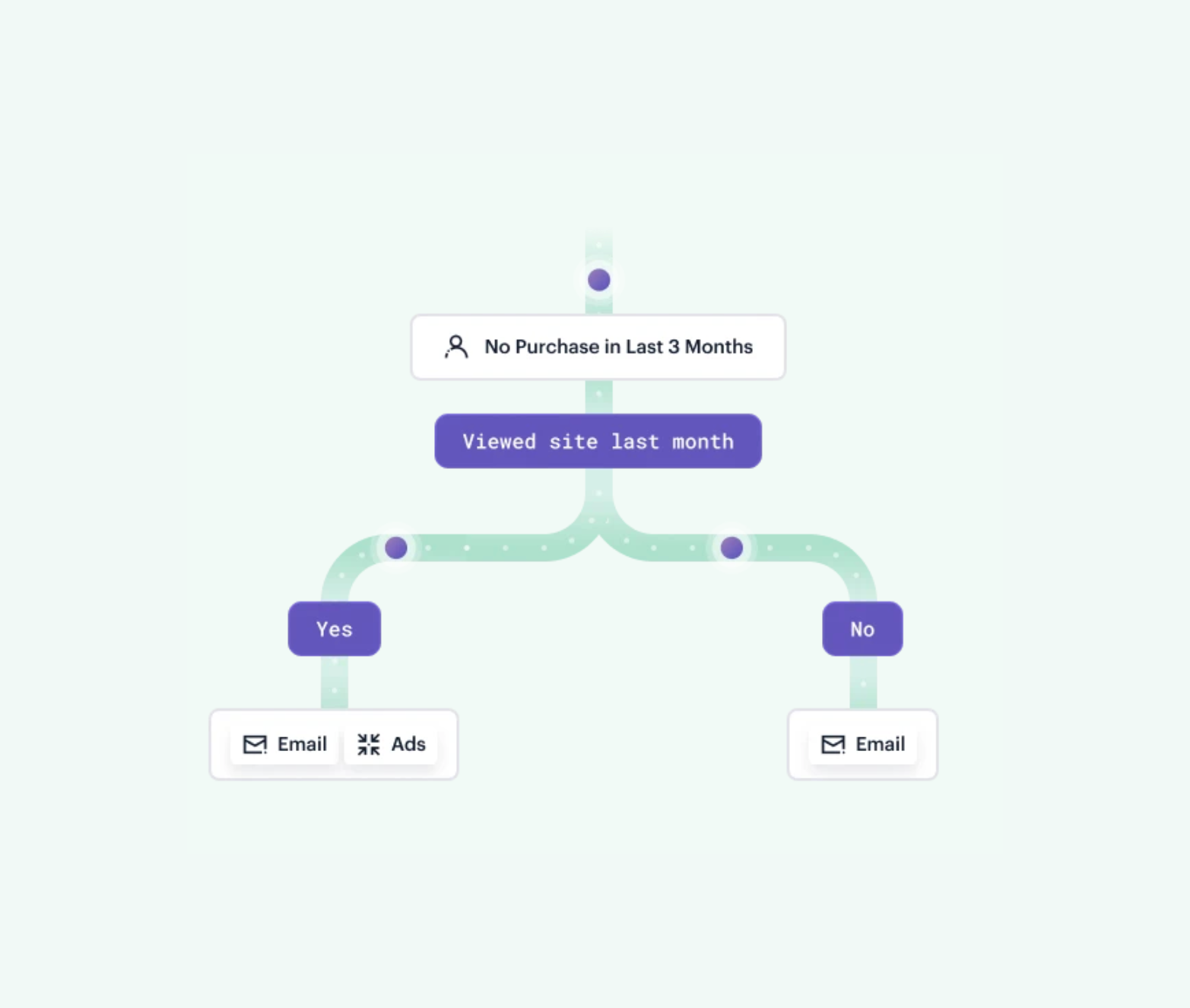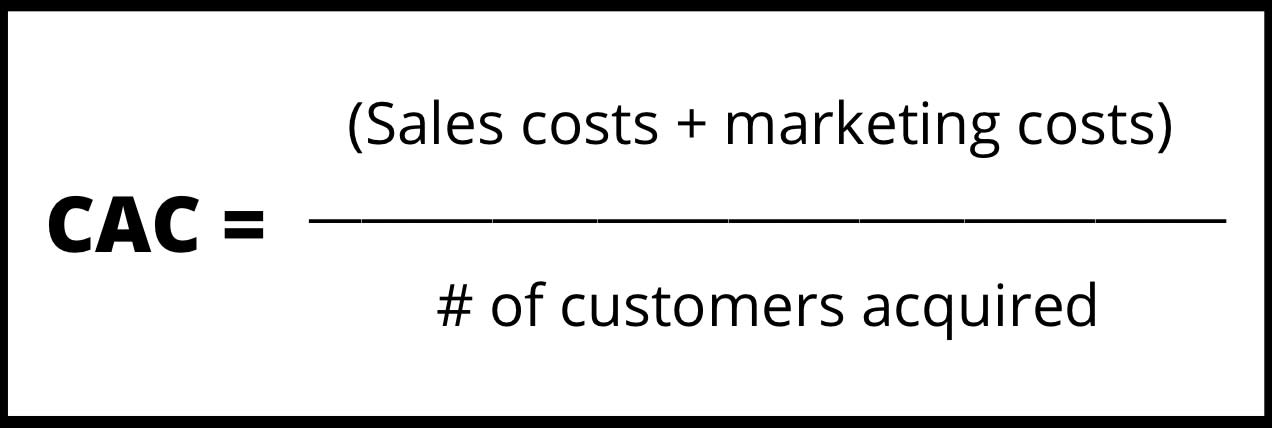How to Build a Successful Customer Acquisition Strategy
We overview all the important steps and considerations for constructing a sound customer acquisition strategy.
We overview all the important steps and considerations for constructing a sound customer acquisition strategy.
Customer acquisition is the process of winning new customers for your business. It involves attracting prospects and convincing them to purchase your product or service.
A customer acquisition strategy serves as your plan of action, helping to define how to attract those new customers. To put this plan together, we recommend following the following six steps.
By knowing your customers and their preferred channels, you can tailor your campaigns for existing clients and find more people like them.
Modern marketing tools allow you to create detailed profiles of your best customers and use them in your acquisition campaigns. A Customer Data Platform (CDP) like Twilio Segment, for example, turns all data into a single view of each customer. You can then feed that information into an advertising platform like Facebook and use lookalike audiences to find more prospects that match your ideal customer profile.
Learn how to engage with customers on their preferred channels here.
Before going into the details of your strategy, you should define your goals – essentially asking what you want to achieve. Goals are your guideposts, keeping every team at your organization aligned on what the end result should be (and how success will be defined).
For example, your goal could be to acquire as many customers as possible on a $10,000 budget. Or you could have a specific user target, like getting 1,000 new users before the end of the quarter.
A helpful objective usually includes at least one limiting factor like time, budget, or number of customers. Such limitations make your goal measurable, so you can determine whether your strategy is successful or not. They also help you decide which channels to focus on.
You typically divide a marketing funnel into four stages:
Awareness. "What is this?"
Consideration. "Is this the best solution for me?"
Decision. "To buy or not to buy?"
Retention. "Am I happy with this product?"
Understanding which stage someone is in helps you choose the right channel, campaigns, and content to move the prospect to the next funnel stage.
By mapping the customer journey, you can create a funnel and assign people to different stages. You can then use that map to define different audiences for each funnel stage in a CDP like Twilio Segment. (Want to personalize campaigns based on funnel stage? Here’s how.)
You can determine which channels to use in your strategy based on your goals, ideal customer, preferred channels, and their funnel stage.
Create a channel matrix that rates each channel on factors like potential impact, cost, and effort required to manage it. Also, check where your competitors are active and how they're doing, say by using social media monitoring tools or SEO analysis software. Figure out your competitive advantage and then pick one to three channels to focus your efforts on (and scale from there).

An omnichannel customer experience allows a customer to switch seamlessly between the different channels your business operates on (e.g., SMS, live chat, email, etc.). With an omnichannel approach, all of these channels are connected so that a business can provide continuity and personalization, even as customers move between touchpoints.
Some customers might buy within minutes or hours, while others need days, weeks, or even months of nurturing. This timespan usually depends on your business model (e.g., B2B vs. B2C) and determines which campaigns work best.
For example, a B2C e-commerce site might rely on a short funnel. A potential customer becomes aware of the product through a personalized social media ad. It sends the prospect directly to a shopping page where the customer then purchases the item.
On the other hand, a SaaS or B2B sales cycle might involve SEO-optimized content that attracts someone to the company's site. There they leave their email address to download an ebook, which starts an automated yet personalized email campaign that eventually converts the customer who makes a purchase.
Regardless of your sales cycle length, the data customers generate on this journey helps you personalize your acquisition campaigns, but only if you can combine information from different channels and devices into a coherent picture—a CDP like Twilio Segment does this for you.
You'll also need to plan content creation for your campaigns, something that's easy to overlook. For example, a landing page might need different copy depending on the funnel stage someone is in. An automated onboarding email sequence needs copy for each mail. Depending on which features a user has or hasn't tried out yet in your product, it might also need copy variations for each email.
In this step-by-step guide, we detail how to launch 5 cost-effective customer acquisition campaigns.

Thank you for downloading this content. We've also sent a copy to your inbox.
Once your campaigns are up and running, you need to measure each channel's Cost of Acquisition (CAC) and subsequent ROI.
To know your CAC, add your sales and marketing expenses, then divide the sum by the total number of customers you acquired. Businesses typically calculate CAC on a quarterly or yearly basis.

Once you know how much it costs to acquire a customer through a specific channel, you can compare that with the Lifetime Value (LTV) each person brings. That calculation tells you whether there’s enough ROI to justify investing in that channel long term.
Check out Customer Acquisition Cost (CAC): A guide for 2022 for more details on calculating CAC, LTV, and ROI.
The most critical distinction between acquisition channels is whether they're organic or paid.
Paid channels require you to pay another party for each impression, click, or conversion. The advantage is that new customers come your way quickly, but so do the bills – paid acquisition gets expensive fast.
Organic acquisition channels give you more control over your audience and don't require you to pay for every new customer. For example, once an SEO-optimized blog post starts ranking on Google, people keep coming to that page without any additional cost to you. Similarly, once a person is on your email list, you can send them as many emails as you like without incurring extra charges.
Organic acquisition channels take time to ramp up since you need to attract people and convince them to read, follow, or subscribe. But this approach is more sustainable in the long term for most companies. The incremental cost of attracting more customers is low, and leads are often of higher quality than those coming from paid channels.
SEO, content marketing, blogging
Social media
Gated but free content
Email marketing
User community
Tell-a-friend or other growth loop mechanisms
Paid acquisition channels are helpful when you quickly want to get lots of leads that fit a specific profile. You can also use them to retarget customers with relevant ads, for example, based on previous purchases or items they left in their shopping basket.
Paid social media ads and posts
Paid ads (e.g., PPC, retargeting ads, Google ads)
Paid referral programs
Video ads
Sponsored content
Events
Download our free ebook, The Fundamentals of Customer Acquisition, for more details on organic vs. paid acquisition channels.
Connect with a Segment expert who can share more about what Segment can do for you.
We'll get back to you shortly. For now, you can create your workspace by clicking below.
A well-known method for acquiring customers is content marketing. You create articles around search terms your ideal customers are interested in and optimize them for search engines. Your content then shows up when people search for those topics.
Another approach is to create a growth loop within your product. You motivate users to invite friends or co-workers, who in turn invite others. Companies like Facebook, Pinterest, and Zoom have all used growth loops for their customer acquisition.
Some examples of paid acquisition channels are promoted posts on Instagram or LinkedIn, video ads on YouTube, or text advertisements in Google search results. Events and incentivized referral programs are other examples of paid acquisition.
An example of a successful and remarkable customer acquisition strategy is the ambassador program at Notion, a note-taking tool.
Passionate users of the product voluntarily tell and teach others about the product. In return, they are recognized as official ambassadors and get support from Notion, plus access to an exclusive Slack workspace with other enthusiastic users from around the world.